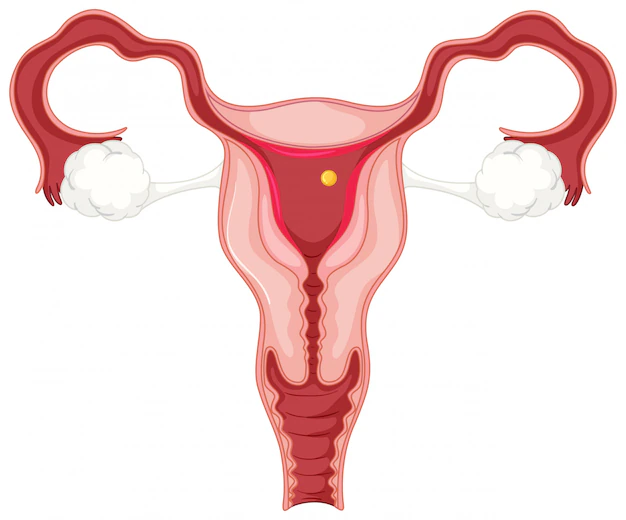Uterine Fibroids

Uterine fibroids, also known as leiomyomas, are noncancerous growths that develop in the muscular wall of the uterus. These growths can vary in size, ranging from small, pea-sized nodules to large, bulky masses that distort the shape of the uterus.
The exact cause of uterine fibroids is not fully understood, but they are believed to be influenced by hormonal factors, particularly estrogen and progesterone. Fibroids are most commonly diagnosed in women of reproductive age and may shrink after menopause when hormone levels decrease.
Many women with uterine fibroids do not experience any symptoms and may only discover them during a routine pelvic examination or imaging study. However, for those who do experience symptoms, common complaints may include heavy menstrual bleeding, prolonged menstrual periods, pelvic pain or pressure, frequent urination, and difficulty emptying the bladder or bowels.
In some cases, uterine fibroids can lead to complications such as infertility, recurrent miscarriages, or complications during pregnancy and childbirth. The severity of symptoms and the risk of complications depend on the size, number, and location of the fibroids within the uterus.
Diagnosis of uterine fibroids may involve a combination of pelvic examination, ultrasound imaging, magnetic resonance imaging (MRI), or other imaging studies. Treatment options for uterine fibroids depend on the severity of symptoms, the size and location of the fibroids, and the patient’s desire for future fertility.
Treatment options for uterine fibroids may include medication to control symptoms such as pain or heavy bleeding, hormonal therapy to shrink fibroids, or surgical interventions such as myomectomy (removal of fibroids) or hysterectomy (removal of the uterus). Minimally invasive procedures such as uterine artery embolization or focused ultrasound surgery may also be options for some women.
